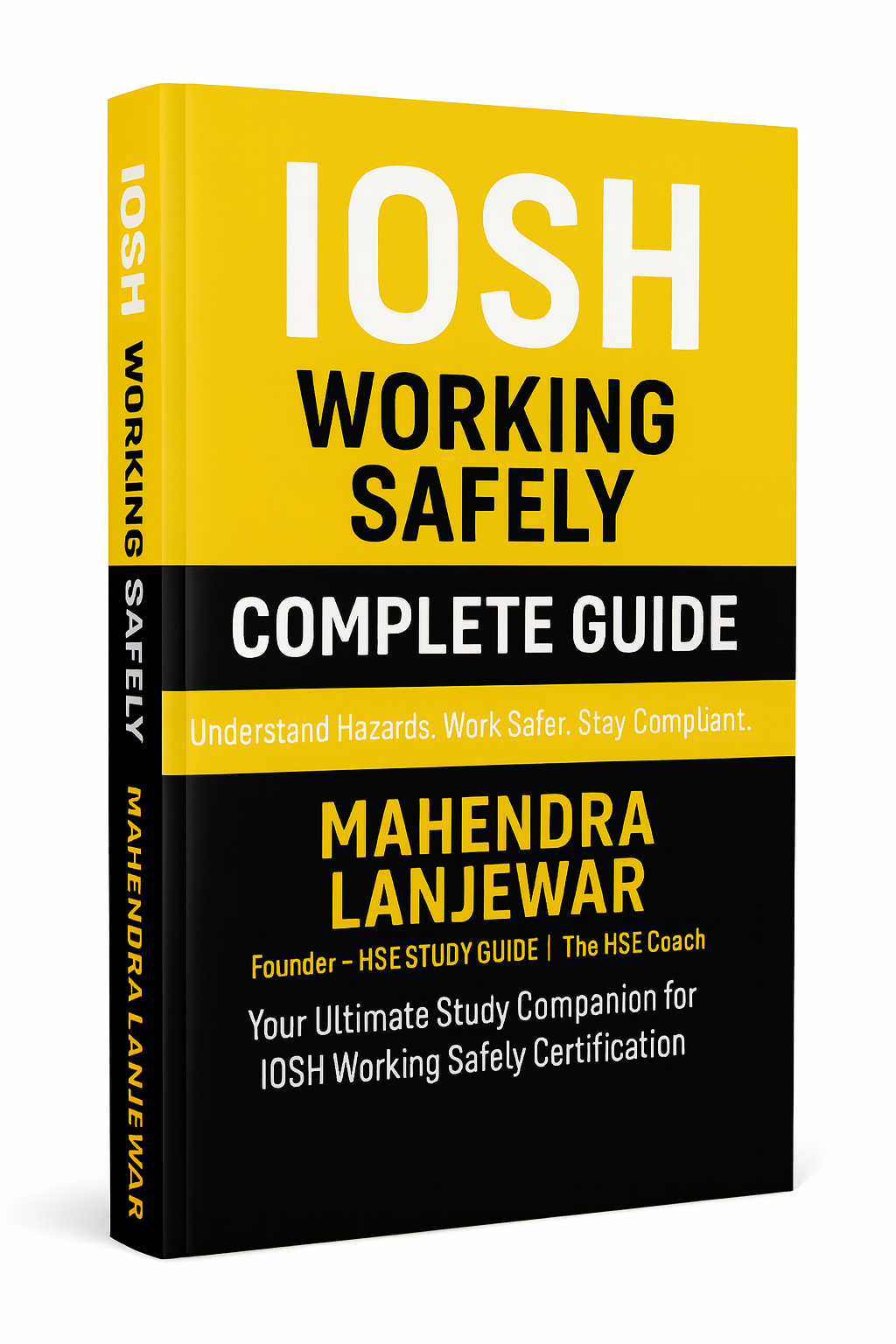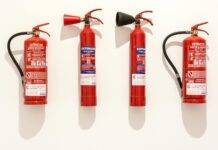
Work at Height Safety Quiz Questions and Answers
Introduction
Working at height is an integral part of various industries, including construction, maintenance, and telecommunications. While it allows workers to access difficult-to-reach areas, it also presents significant safety risks. Without adequate precautions and knowledge, accidents can happen, leading to severe injuries or even fatalities. To ensure the safety of workers involved in tasks at height, it is crucial to have a solid understanding of work at height safety practices. This article will present a work at height safety quiz with essential questions and answers to test and enhance your knowledge.
The Importance of Work at Height Safety
Before diving into the quiz questions, let’s highlight the importance of work at height safety. Implementing proper safety measures not only protects workers’ lives but also prevents costly accidents and legal complications for employers. A safe work environment fosters productivity and boosts employee morale, making it a win-win situation for everyone involved.
Common Work at Height Hazards
Understanding the hazards associated with work at height is the first step in mitigating risks. Here are some of the most common hazards:
3.1 Falling from Heights
Falls from heights are the most significant risk in work at height scenarios. Without proper fall protection equipment and training, workers are vulnerable to serious injuries or death.
3.2 Inadequate Equipment
Using substandard or faulty equipment can jeopardize worker safety. Regular maintenance and inspections are essential to ensure all equipment is in top-notch condition.
3.3 Unprotected Edges
Working near unprotected edges, such as open sides of buildings or platforms, increases the risk of falling. Barriers and guardrails must be in place to prevent accidents.
3.4 Adverse Weather Conditions
Weather conditions can greatly impact work at height safety. Rain, wind, or icy surfaces can make tasks more dangerous, and workers must be aware of these risks.
Work at Height Safety Quiz Questions and Answers
Now, let’s test your knowledge with the following quiz questions:
4.1 Quiz Question 1: What is the definition of “work at height”?
a) Working on tasks above 6 feet
b) Working on tasks involving ladders only
c) Any task performed in a location where a person could fall and potentially injure themselves
d) Working on tasks above 10 feet
Answer: c) Any task performed in a location where a person could fall and potentially injure themselves
4.2 Quiz Question 2: What should you do before using a ladder?
a) Begin using the ladder immediately
b) Inspect it for any damage, ensure it is placed on a stable surface, and secure it at the top and bottom
c) Start climbing without checking the condition of the ladder
d) Use the ladder without securing it at the top
Answer: b) Inspect it for any damage, ensure it is placed on a stable surface, and secure it at the top and bottom
4.3 Quiz Question 3: When is it necessary to use fall protection?
a) Only when working on tall buildings
b) Only during rainy weather
c) Whenever there is a risk of falling from an elevated position
d) Only during nighttime work
Answer: c) Whenever there is a risk of falling from an elevated position
4.4 Quiz Question 4: What are the three points of contact when using a ladder?
a) One hand and two feet
b) Two hands and two feet
c) Two hands and one foot
d) Three feet
Answer: c) Two hands and one foot
4.5 Quiz Question 5: What type of equipment is suitable for work at height?
a) Any equipment that is available on-site
b) Equipment made of lightweight materials
c) Equipment that is brightly colored
d) Equipment such as safety harnesses, lanyards, guardrails, and aerial lifts
Answer: d) Equipment such as safety harnesses, lanyards, guardrails, and aerial lifts
4.6 Quiz Question 6: How often should you inspect your safety harness?
a) Once a year
b) Before each use and periodically as recommended by the manufacturer
c) Only when it appears damaged
d) Every six months
Answer: b) Before each use and periodically as recommended by the manufacturer
4.7 Quiz Question 7: What are the key components of a fall arrest system?
a) A helmet, gloves, and safety goggles
b) An anchor point, a full-body harness, and a connecting lanyard or lifeline
c) Safety shoes, a safety vest, and knee pads
d) A whistle and a flashlight
Answer: b) An anchor point, a full-body harness, and a connecting lanyard or lifeline
4.8 Quiz Question 8: What should you do if you encounter strong winds while working at height?
a) Continue working as usual
b) Stop working immediately and take a break
c) Secure any loose objects and wait for the wind to subside
d) Climb down and leave the site
Answer: c) Secure any loose objects and wait for the wind to subside
4.9 Quiz Question 9: Why is it essential to have a rescue plan in place for work at height activities?
a) To impress supervisors and co-workers
b) To fulfill legal requirements only
c) To promptly and safely retrieve a worker in case of an emergency, such as a fall
d) To ensure workers take extra precautions
Answer: c) To promptly and safely retrieve a worker in case of an emergency, such as a fall
4.10 Quiz Question 10: What are some factors to consider when selecting a ladder for a specific task?
a) The color of the ladder
b) The length of the ladder only
c) The ladder’s height, weight capacity, material, and the nature of the task to be performed
d) The ladder’s price only
Answer: c) The ladder’s height, weight capacity, material, and the nature of the task to be performed.
4.11 Quiz Question 11: What are some common factors that contribute to work at height accidents?
a) Lack of training
b) Proper equipment usage
c) Adequate risk assessments
d) Effective communication among team members
Answer: a) Lack of training
4.12 Quiz Question 12: When is it necessary to use a safety harness with a lanyard?
a) When working on the ground
b) When there is a risk of falling from an elevated position
c) Only during daytime
d) When using a ladder indoors
Answer: b) When there is a risk of falling from an elevated position
4.13 Quiz Question 13: What is the maximum gap allowed between guardrails on a work platform?
a) 6 inches
b) 9 inches
c) 12 inches
d) 15 inches
Answer: b) 9 inches
4.14 Quiz Question 14: How should you properly secure tools and equipment when working at height?
a) Leave them on the work surface
b) Hold them in one hand
c) Tether them securely or store them in a tool belt
d) Keep them in your pocket
Answer: c) Tether them securely or store them in a tool belt
4.15 Quiz Question 15: Why is it important to have a competent person inspect work at height equipment?
a) To save time
b) To avoid inspections
c) To identify defects or potential hazards
d) To increase equipment lifespan
Answer: c) To identify defects or potential hazards
4.16 Quiz Question 16: What should you do if you witness a co-worker not following proper work at height safety procedures?
a) Ignore the situation
b) Report the incident to a supervisor
c) Join them in unsafe practices
d) Wait until the task is complete to address the issue
Answer: b) Report the incident to a supervisor
4.17 Quiz Question 17: What are the steps to take in case of a fall from height?
a) Panic and shout for help
b) Activate the fall arrest system and wait for rescue
c) Try to climb back up immediately
d) Take a break and relax
Answer: b) Activate the fall arrest system and wait for rescue
4.18 Quiz Question 18: Why should you never stand on the top two rungs of a ladder?
a) It is not allowed by law
b) It is uncomfortable
c) It can cause instability and increase the risk of falling
d) It looks unprofessional
Answer: c) It can cause instability and increase the risk of falling
4.19 Quiz Question 19: What is the purpose of a pre-use inspection for work at height equipment?
a) To check the weather conditions
b) To ensure the equipment is clean
c) To ensure the equipment is safe to use and free from defects
d) To report the inspection to co-workers
Answer: c) To ensure the equipment is safe to use and free from defects
4.20 Quiz Question 20: How should you safely descend from a height after completing a task?
a) Jump down
b) Descend two steps at a time
c) Face the ladder or work surface, maintain three points of contact, and descend one step at a time
d) Slide down using a rope
Answer: c) Face the ladder or work surface, maintain three points of contact, and descend one step at a time
These multiple-choice questions and answers provide a clear and interactive way to test knowledge about work at height safety. Remember to choose the correct safety measures to ensure a safe work environment and prevent accidents.





















